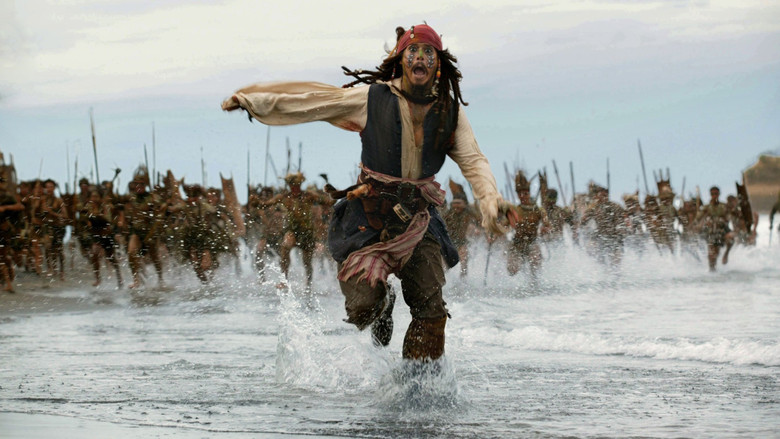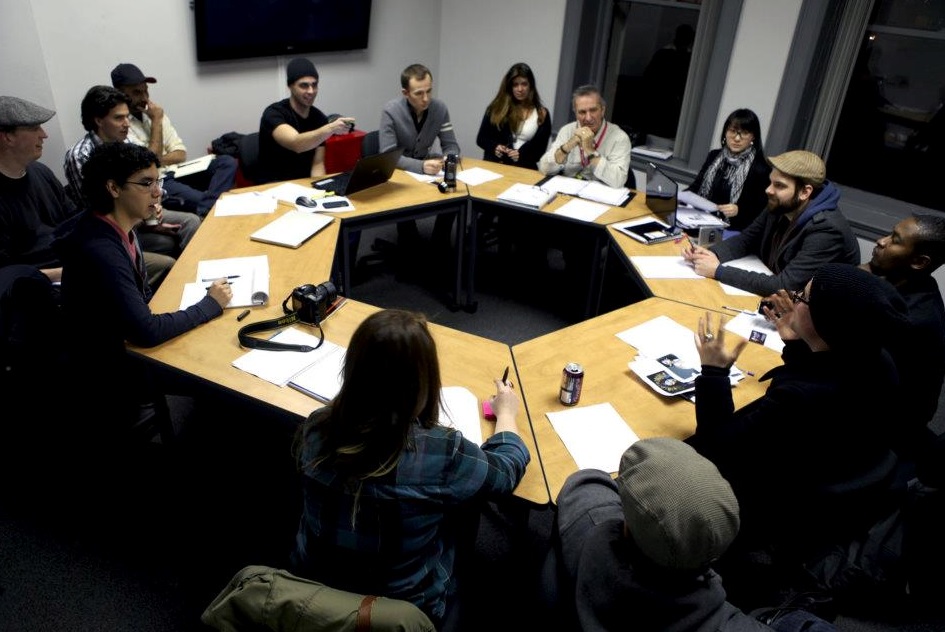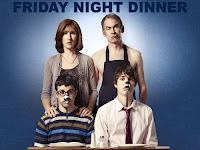So far, for primary research, we have had a presentation from James Clarke, the creator of 'Worksop's Got Talent' (http://www.worksopsgottalent.co.uk/index.php) where he spoke to the class about his condition, why he decided to do WGT, how much he is planning to raise, what he would like to include in the music video we are to create using the song Nickelback 'Rockstar', who he would like to be involved in the music video and the prizes he is to give out to people who buy tickets to see WGT.
Another way I have carried out primary research is by using a
Panasonic AG-HMC151E and learning how to operate it. I have obtained a number of basic skills which I put into practise such as:
- Attaching a battery to the video camera
- Powering the video camera on and off
- Inserting the SD card media into the camera
- and using the pull-out screen and adjusting the viewfinder to view the image.
(http://mcardwellnnc.blogspot.co.uk/2016/09/camera-angles-shots-and-operation-task-2.html)
I also created a blog on the three stages of production, so the research I carried out allowed me to understand what professionals have to go through. I created another blog about green screens and how we used premiere pro in the post-production to remove the green screen in the footage we recored and replacing it with either an image or a video.
The group made further developments on the music video by making a table that students and teachers can fill out if they want to participate in the music video. We have also decided to film the whole music video on the green screen in the TV studio in college as this way we have more chance of having creative backgrounds that link to the lyrics in 'Rockstar' as we don't have anything such as mansions in Worksop, unfortunately. We also created business cards which we could give to staff and students in case they needed to rearrange their appointment for the recording of the music video, or cancel if they're not able to make any of the slots. A google document was created for the group to update information to such as:
I also created a blog on the three stages of production, so the research I carried out allowed me to understand what professionals have to go through. I created another blog about green screens and how we used premiere pro in the post-production to remove the green screen in the footage we recored and replacing it with either an image or a video.
The group made further developments on the music video by making a table that students and teachers can fill out if they want to participate in the music video. We have also decided to film the whole music video on the green screen in the TV studio in college as this way we have more chance of having creative backgrounds that link to the lyrics in 'Rockstar' as we don't have anything such as mansions in Worksop, unfortunately. We also created business cards which we could give to staff and students in case they needed to rearrange their appointment for the recording of the music video, or cancel if they're not able to make any of the slots. A google document was created for the group to update information to such as:
- How long each line is
- The lyrics, split up into lines
- Who is going to be doing that line
- Whether any props are needed
- And any other additional notes
13/10/16
We have now almost completed the filming for the 'Rockstar' music video, we just have a couple more people to film this afternoon and that is the final time we are going to be filming any footage. Some students and staff and backed out, but the people that we have recorded, brought in props such as wigs, shutter glasses, hats, sunglasses, cigarette suits and a banana suit. For the people that didn't have any props, they improvised with dancing and mimed as well.
I took inspiration from the music video, 'Nothin' On You' by B.o.B and Bruno Mars and the idea to use still images of students and teachers and then use certain people to mime the lyrics. As fro the background their is a still image of buildings and signs only we would take pictures of the college and import them onto a green screen. This idea came to me when the year 1's were discussing the lyrics for 'Rockstar' by Nickelback with our teacher. I mentioned my idea and then proceeded to show the music video to the group, and the feedback I received was positive as they thought that using the 'Nothin' On You' music video as inspiration is a good idea.
The group watched a number of Michael Jackson music videos, such as the music videos where the videos are filmed as short films and they have a form of narrative. For example:
- Smooth Criminal
- Speed Demon
- Remember the Time
- You Rock My World
- The Way You Make Me Feel
- They Don't Care About Us
We found Michael Jackson's short film styled music videos interesting as they involved a narrative and a lot of thought was put into the costumes, setting/location, the props and the post-production effects.
Comparing Research Tools
From the primary and secondary research I have carried out I believe the primary research benefited me the most as I had the chance to test out the green screen and a professional camera at first hand. Trying things out for myself was better than researching it through secondary research as I found I remembered the information quickly and easily.
































